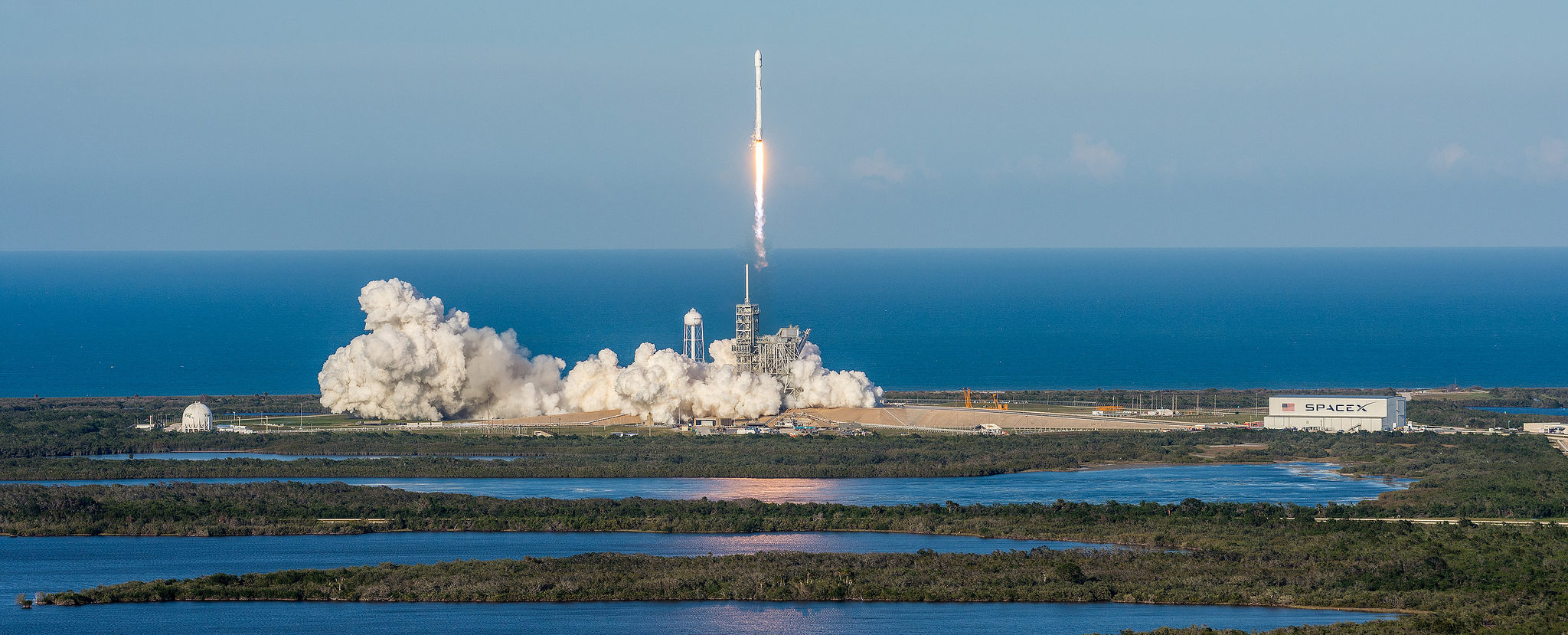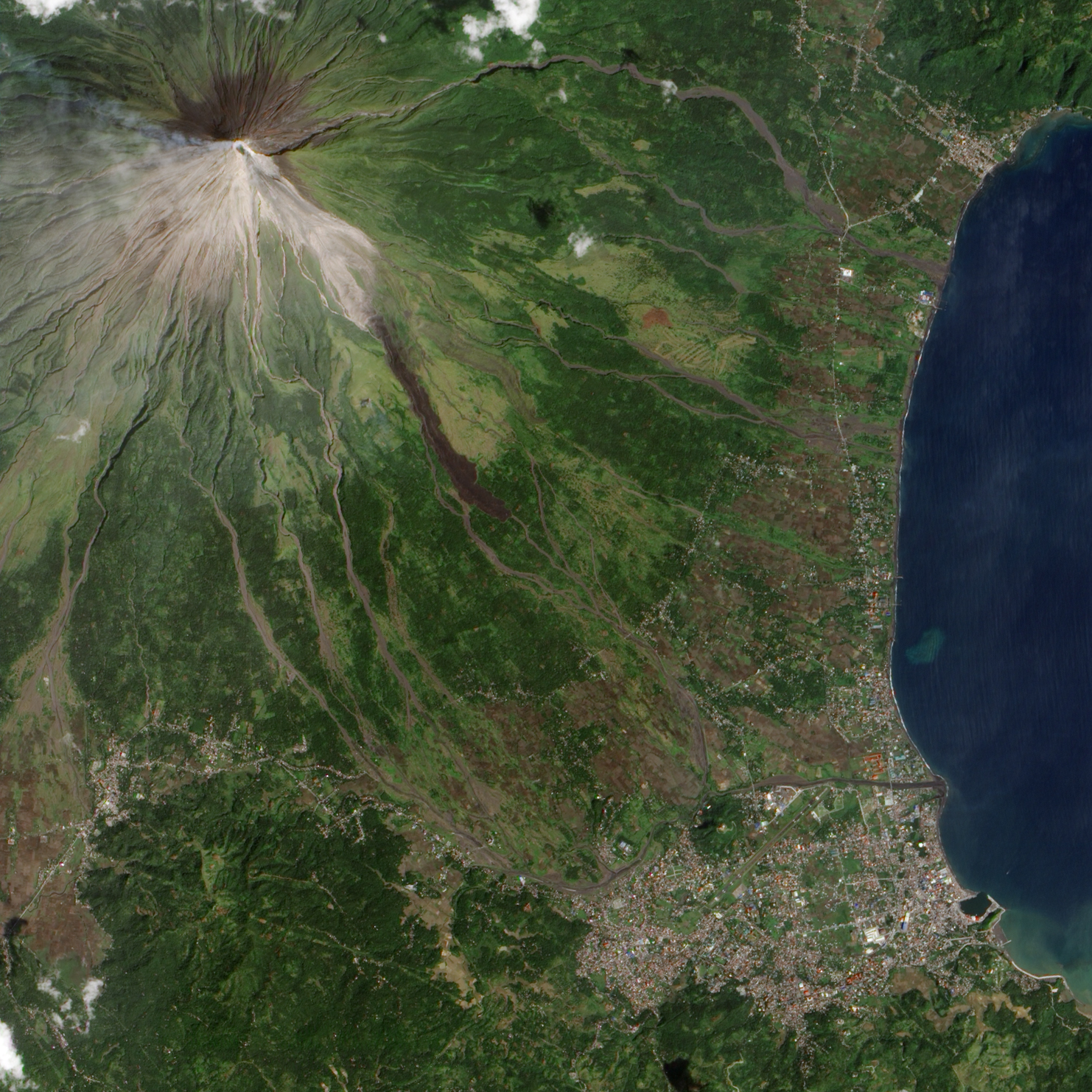The Airbus Zephyr
Authors: Rens van der Zwaard & Max Aalberse, MSc Students Aerospace Engineering, TU Delft
Article published in Leonardo Times Magazine, Edition of January 2017.
The Zephyr 8 is a compromise between Unmanned Aerial Vehicles (UAVs) and satellites. It has the ability to fly autonomously in the stratosphere, above all weather and air traffic, the advantage being that it can perform its functions without having to take unexpected weather changes into account. Its endurance at this altitude is in the order of weeks. Therefore, the Zephyr can do the job of a satellite while flying sufficiently close to the surface to make high-resolution images and is inexpensive to use, relative to developing and launching a satellite. Another advantage is that the Zephyr can always stay focused on th...



